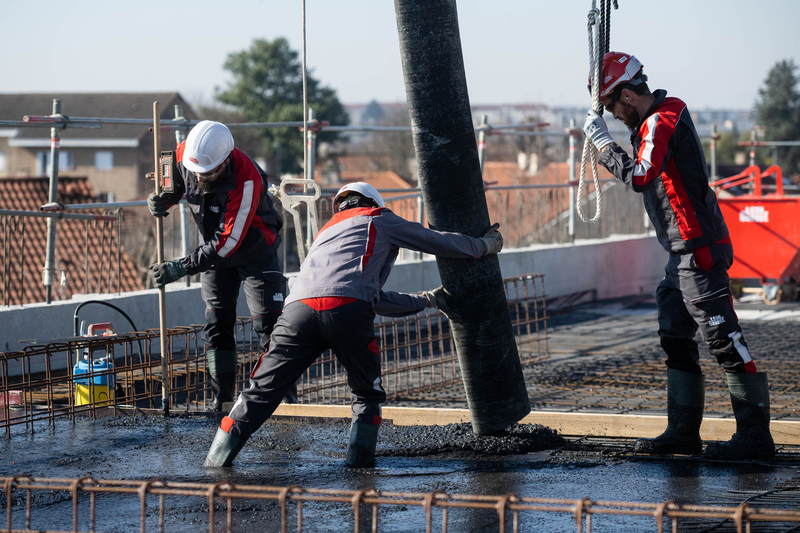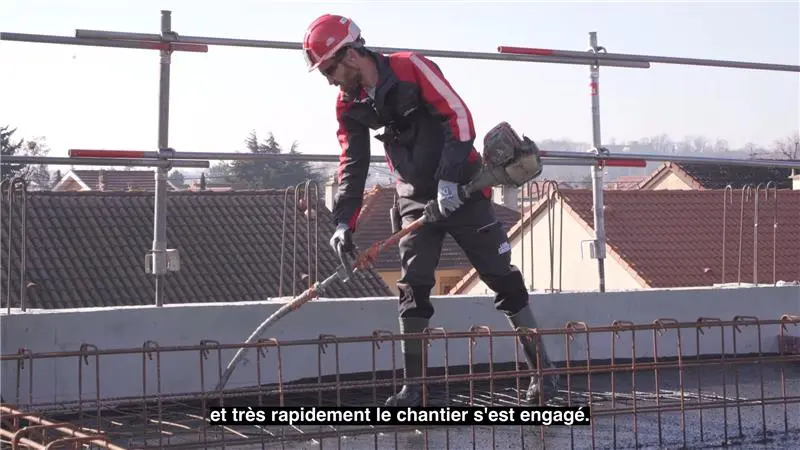VICAT — CARAT
Vicat innovates with CARAT, the 1st binder enriched with biosourced biochar. Biochar reduces cement's carbon footprint and enables the production of concrete with a carbon footprint 10 times lower than that of conventional concrete. A response to the challenges of decarbonizing the construction sector

Stand: Village cluster éco bâtiment
Since its invention by Louis Vicat 200 years ago, cement has revolutionized the way we construct our buildings, bridges and tunnels. However, the production of its main constituent - clinker - is associated with CO2 emissions, both through the use of energy and through the natural chemical reaction of limestone decarbonation. To decarbonize our production process, we replace fossil fuels with local waste and reduce the proportion of clinker in low-carbon cements. With Carat, we go beyond the use of these traditional levers by integrating biochar. Identified by the IPCC as one of the most effective carbon sinks, biochar is made from pyrolyzed plant waste. This process concentrates carbon and makes it very stable over time, so that carbon sequestration is permanent. The presence of biochar in Carat makes it possible to reduce the carbon footprint of cement and produce concretes whose carbon weight is divided by 10 compared with standard concrete. Nevertheless, concretes formulated with Carat have the usual characteristics of concretes used in the construction of most of our buildings. They have the same compressive strength and durability. In particular, they do not change the habits of masons on construction sites. Pending certification, we already have several Carat references in France.



